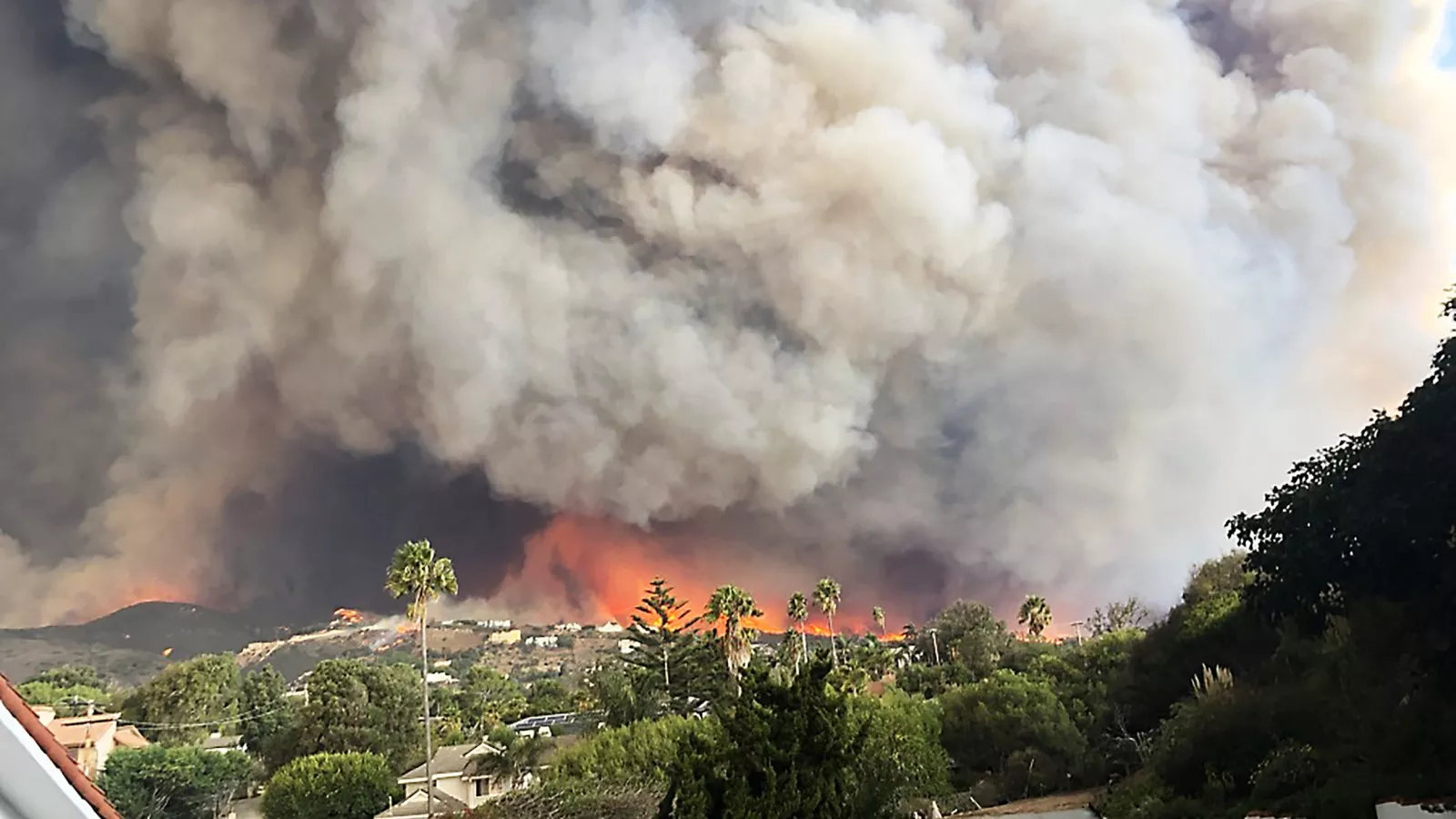Malibu's Millionaire Mile: Star-Studded Neighborhoods Threatened by Raging Wildfire Inferno

A rapidly spreading wildfire has erupted in the Palisades region, quickly escalating to consume 200 acres and triggering urgent evacuation orders from local authorities. The blaze, which ignited on Tuesday, has rapidly transformed the landscape, prompting immediate emergency response and raising concerns for residents in the affected area.
Fire officials are working diligently to contain the flames and protect nearby communities, urging residents in the potential path of the fire to remain vigilant and prepared to evacuate at a moment's notice. The intense heat and dry conditions have contributed to the fire's swift expansion, challenging firefighting efforts and highlighting the ongoing wildfire risks in the region.
Residents are advised to stay informed through local emergency channels, monitor official communications, and have an emergency preparedness plan ready. The situation remains dynamic, with firefighters battling to prevent further spread and minimize potential damage to property and natural landscapes.

